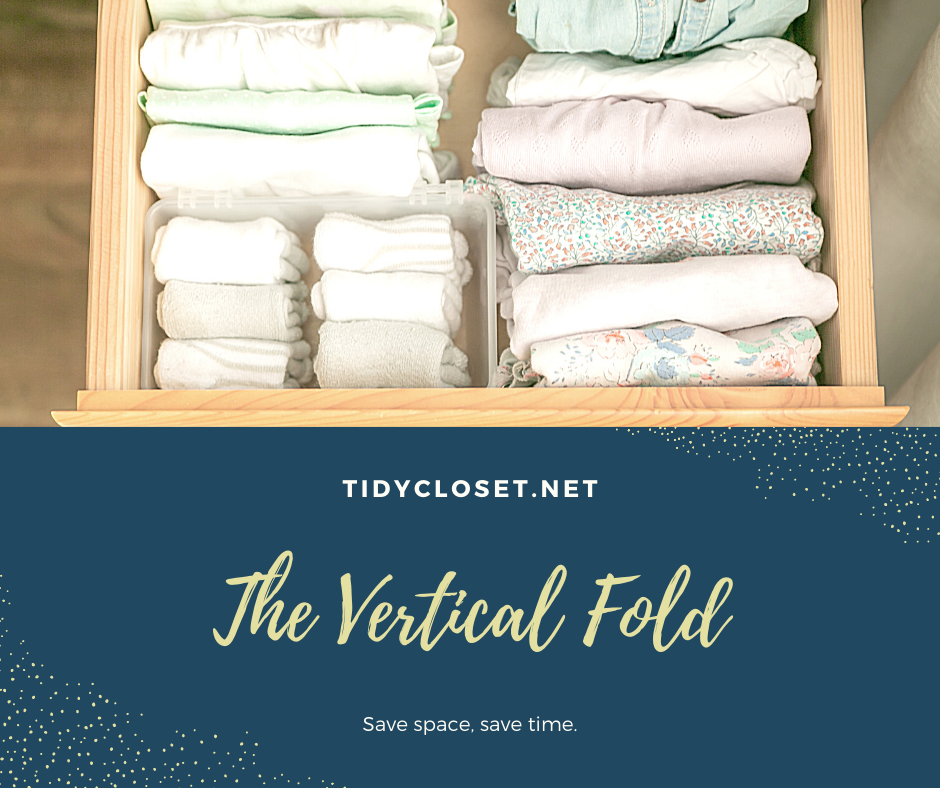4. Remove unnecessary visual clutter. Speaking of visual clutter, consider purchasing items to house your soaps, oils, and other items that will allow you to eliminate the unnecessary visual clutter and will instead spark joy. Visual clutter competes with your ability to focus on what’s important and it wears us out. If you can’t purchase items for your kitchen liquids yet, you may consider removing labels from these items while they are in use in your kitchen until you can afford to replace them with containers that add to your delight while in your kitchen.
5. Simplify the gadgets and appliances. Take a look at the tools and kitchen gadgets you have. Is there a simpler way that you perform a task than what your gadgets and tools call for? For example, do you actually use the apple slicer or do you use a knife? Do you need the grilled-cheese sandwich maker or do you cook them on your cast iron skillet? If you prefer to perform a task in a simpler way than what your gadgets or tools call for, it’s time for them to go.
6. Ditch the duplicates. Many times we have more than one thing that we don’t need. You might have two can openers, five round pie pans and three crock pots. If you’re honest with yourself, you probably have a favorite of every duplicate that is your go-to, the one that you always reach for, even though you have options. While you’re being honest with yourself, you probably can admit you don’t need more than one. Ditching the duplicates will give you the space to store things easily and eliminate the need to make decisions about which of the duplicates to use! It’ll be a win-win.
7. Make things easy to put away. When organizing your items in cabinets and drawers consider Marie Kondo’s advice that storage should reduce the effort needed to put things away. Situate your cabinets and drawers in such a way that everything is easy to put away when clean. That means every item has a specific home that is easy to get to.
8. Give the most used items the best real estate. Store things that you use daily in the easiest-to-get-to spots. While you’re at it, make sure those spots are close to where you’re going to use them, i.e. pots near the stove and coffee cups near the coffee machine. Save the step-stool-needed spots for items you’re only going to use just once or twice a year.
9. Maximize drawer space. Drawers are useful and helpful in a kitchen but it is up to you to ensure you use your drawers to their full potential. This means no drawers with loose items! Instead, each drawer should have containers or separators allowing the space to be organized and functional.
10. Consider vertically folding your kitchen linens. Speaking of drawers, consider folding your kitchen towels, napkins and other linens vertically inside drawers. Doing so allows you to see everything at once when opening the drawer and it better maximizes the space in the drawer. When folding vertically, you will fold an item width-wise in thirds, then in-half lengthwise and finally in thirds. This will allow you to find the perfect rectangle shape that will balance in your drawer.
11. Keep things that spark joy. Everything in your kitchen should spark joy. Is that surprising? Well, it’s true. Your dishes, appliances, foods and containers should contribute to the peace and happiness you feel when in your kitchen. As you go through items from your kitchen category by category, feel free to let go of items that do not make you feel that way. In some cases, you might have to keep items that are important and functional but do not spark joy. Keep those only until you can afford to replace them with items that serve the same function but spark joy.
12. Don’t be a Monica. You may remember Monica from friends keeping separate special dishes for guests. If your special dishes bring you joy, consider using them everyday. We are looking to spark joy in our home, in our kitchen and at mealtimes. If the special dishes do that, why wait for a special occasion to use them? Life is short, every day is a special occasion, so use the dishes you love and ditch the ones you don’t! Consider downsizing any dishes that don’t spark joy.
13. Consider clear storage containers. Clear storage containers for your spices, bulk items and any other applicable food item are a great way to organize your kitchen. The matching clear containers reduce visual clutter and “word pollution” from labels and logos. They also allow you to see clearly what’s in the container and how much remains which will help when grocery shopping. Consider adding small, neat and matching labels with the names of items inside.
14. Help the kids help you. If there are kids that are consuming food from the kitchen and contributing to the mess and they’re able, we want to enlist their help. That means storing their items like snacks, dishes and lunchboxes in places that are easy for them to get out and easy for them to put away. Consider that concept when assigning homes to your items in cabinets, drawers, pantries and fridges.
Related: Managing Your Kids’ Distance Learning Worksheets
15. Remember, space is okay. As you minimize then organize your kitchen, feel free to leave margin and space in the drawers, cabinets, pantry and fridge. In your cabinets, it’ll mean it’s easy to put things away and get things out. In your pantry, it’ll mean you can see what you have when you get ready to go grocery shopping. In your fridge, it will mean you have room for leftovers and meal prep. Overall, it’ll mean your kitchen is spacious, enjoyable to be in, easy to use, and easy to maintain







































